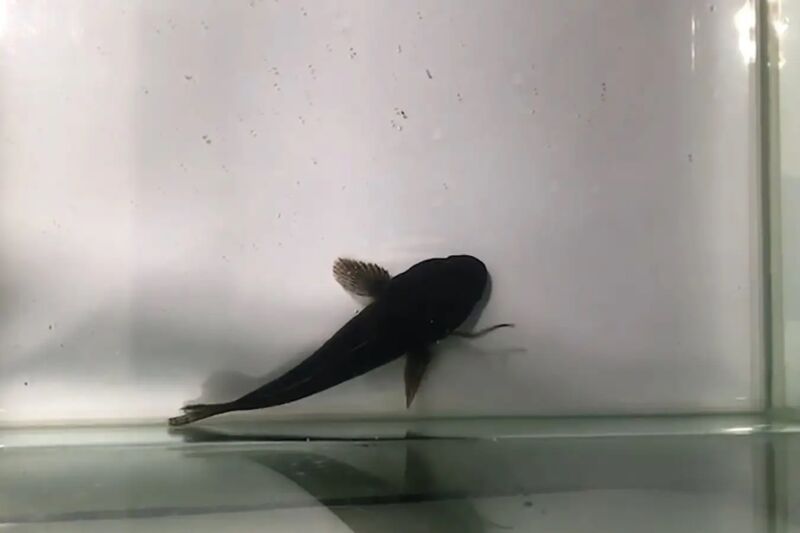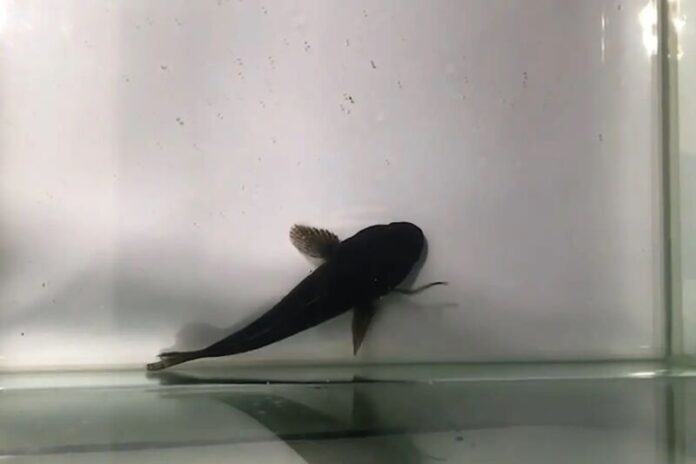
Enlarge / "The only species of fish confirmed to be able to escape from the digestive tract of the predatory fish after being captured.” (credit: Hasegawa et al./Current Biology)
Imagine you're a Japanese eel, swimming around just minding your own business when—bam! A predatory fish swallows you whole and you only have a few minutes to make your escape before certain death. What's an eel to do? According to a new paper published in the journal Current Biology, Japanese eels opt to back their way out of the digestive tract, tail first, through the esophagus, emerging from the predatory fish's gills.
Per the authors, this is the first such study to observe the behavioral patterns and escape processes of prey within the digestive tract of predators. “At this point, the Japanese eel is the only species of fish confirmed to be able to escape from the digestive tract of the predatory fish after being captured,” co-author Yuha Hasegawa at Nagasaki University in Japan told New Scientist.
There are various strategies in nature for escaping predators after being swallowed. For instance, a parasitic worm called Paragordius tricuspidatus can force its way out of a predator’s system when its host organism is eaten. There was also a fascinating study in 2020 by Japanese scientists on the unusual survival strategy of the aquatic beetle Regimbartia attenuata. They fed a bunch of the beetles to a pond frog (Pelophylax nigromaculatus) under laboratory conditions, expecting the frog to spit the beetle out. That's what happened with prior experiments on bombardier beetles (Pheropsophus jessoensis), which spray toxic chemicals (described as an audible "chemical explosion") when they find themselves inside a toad's gut, inducing the toad to invert its own stomach and vomit them back out.
Read 6 remaining paragraphs | Comments
Ars Technica - All contentContinue reading/original-link]




